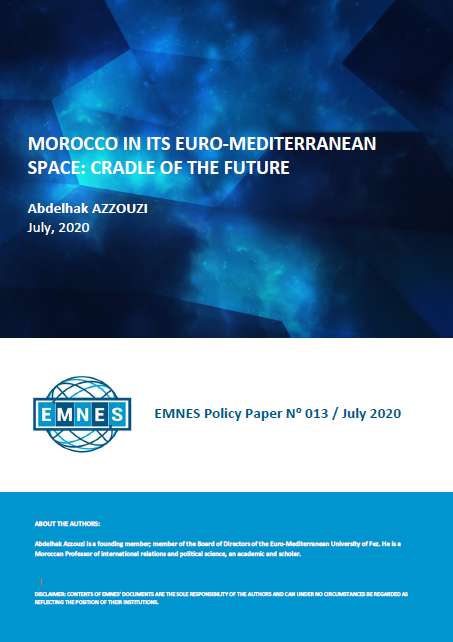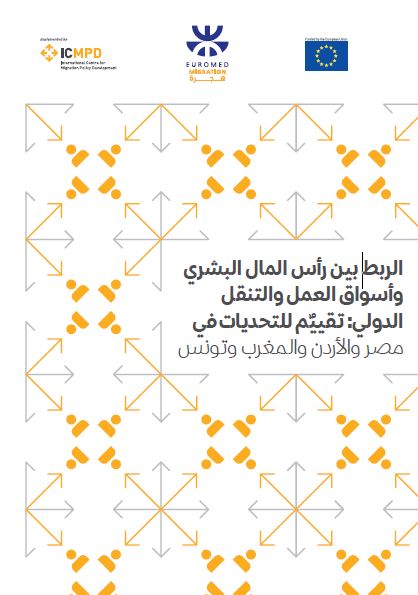EMNES Working Paper 033 – The SARS-CoV-2 Pandemic Management: The Case of Morocco
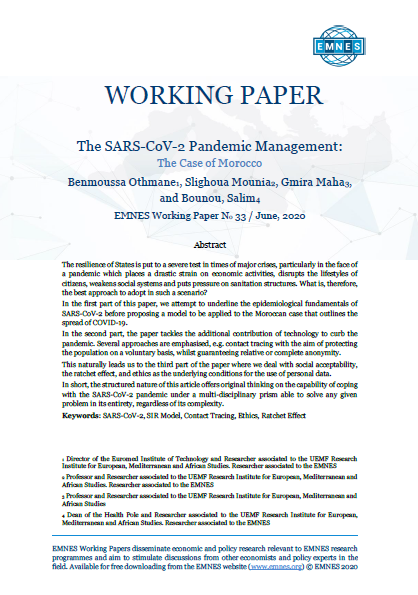
The resilience of States is put to a severe test in times of major crises, particularly in the face of a pandemic which places a drastic strain on economic activities, disrupts the lifestyles of citizens, weakens social systems and puts pressure on sanitation structures, to mention just a few directly negative effects. So, therefore, what is the best approach to adopt in such a scenario?
In the first part of this paper the authors attempt to underline the epidemiological fundamentals of SARS-CoV-2 before proposing a general model to be applied to the Moroccan case that, whilst highlighting the confinement policy measure adopted by Morocco, temporally and dynamically outlines the spread of COVID-19 through multiple simulations.
In the second part, after the first part has covered the hallmarks of the coronavirus in terms of the spread of the COVID-19 disease, the paper tackles the additional contribution of technology, alongside other measures being used (diagnosis, confinement etc), to curb the pandemic.
Latest Publications





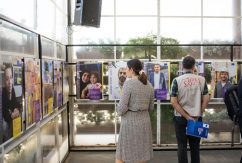


















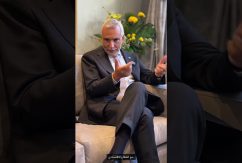







 Syria
Syria 